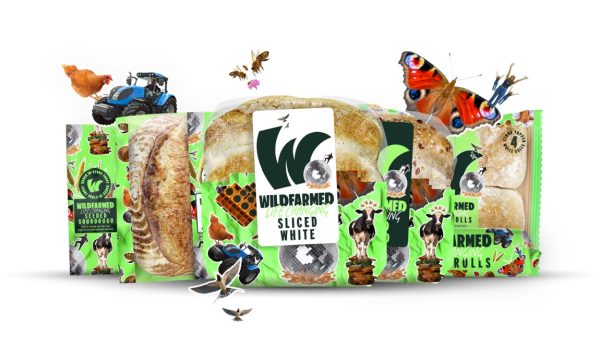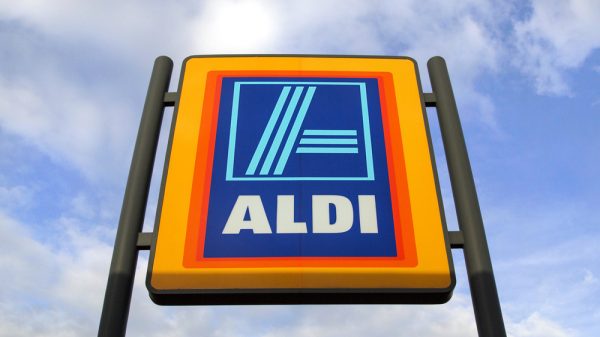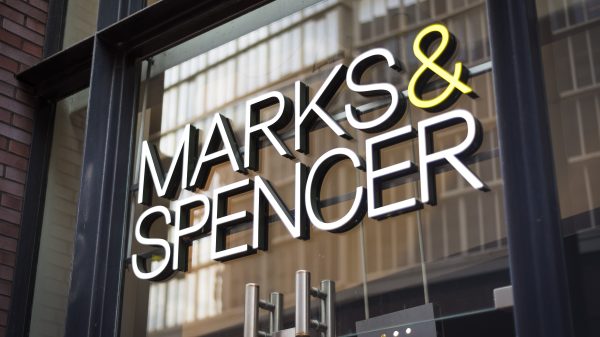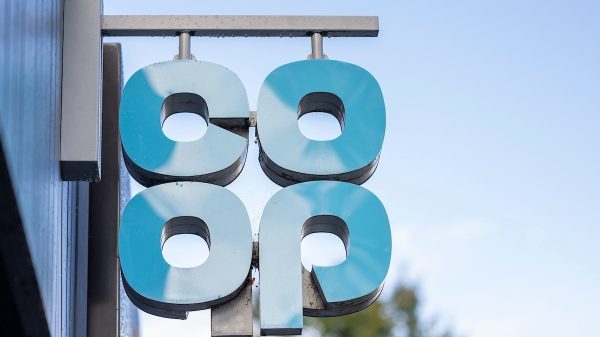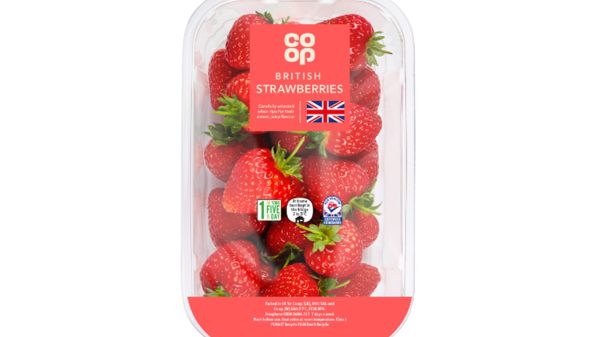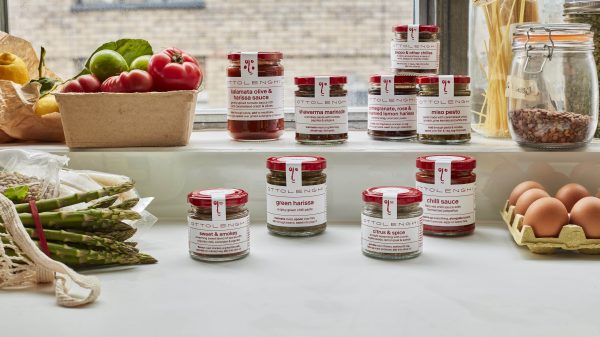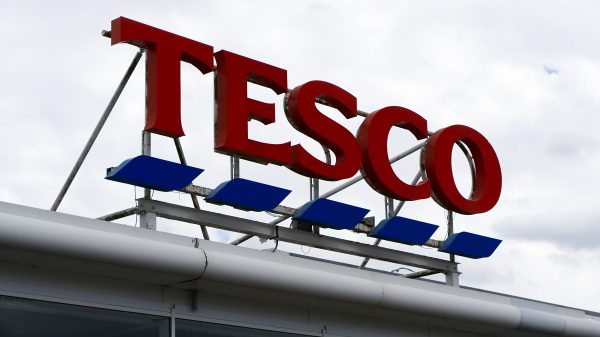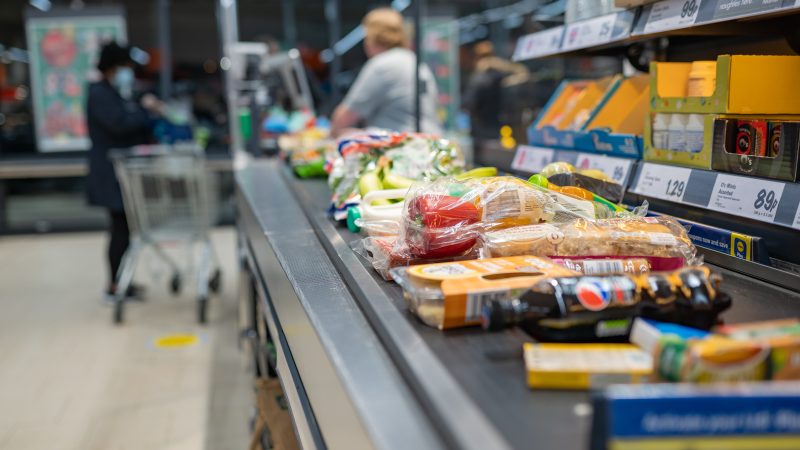Loyalty schemes have been making headlines over recent weeks, with a number of supermarkets updating their existing programmes, adding some benefits and reducing others as they look to draw customers back in-store.
As inflation begins to bite, targeted savings and personalised offers are in; free newspapers and traditional point collecting are on their way out.
According to a survey from OnePoll, a fifth of Britons didn’t bother pulling out their loyalty cards when shopping for groceries and fuel in 2019 (pre-pandemic). The formulaic ‘spend for rewards’ schemes were getting old.
That same year, around 96% of consumers said they wanted loyalty schemes to do more, with 75% of them ready to switch to a rival brand that offered better rewards. Research from KPMG revealed that customers felt no sense of brand loyalty, leaving even the biggest supermarkets at risk of losing customers after a bad experience.
The pandemic proved to be a turning point.
A McKinsey & Company study showed that three-quarters of consumers switched to a new store during the pandemic. Of those, eight in 10 of shoppers said they would stick with that change. The rise in ultrafast online grocery delivery grocery also saw shoppers depending less on their local shop. Suddenly, supermarkets were at risk of getting left behind.
As a result, supermarkets went back to the drawing board to re-evaluate their customer retention efforts and up their engagement. The final result – at least so far – is a burst of new and updated loyalty schemes which offer customers more and encourage them to come back into stores.
Data-driven loyalty
With data-driven decisions crucial to supermarkets’ planning, the abundance of digital information available from a weekly shop is quite literally off the charts.
“Launching a loyalty programme can help to win back your customers through value-added benefits and, where relevant, meal discounts,” said The Loyalty People director Shelia Power.
“But the real power will come over time, building up your customer data to understand who your most loyal and frequent visitors are, ensuring you can communicate to them and offer value-added services.”
In September 2021, Sainsbury’s launched My Nectar Prices, a digital and data-led loyalty offer that tailors lower prices on products relevant to the shopper.
“There has been a huge focus on transforming the scheme from a card-based loyalty scheme to a mobile-first digital engagement platform,” Sainsbury’s brand communications manager Sophie Deans told Grocery Gazette.
So far, it has been a huge success, designed to “offer customers a truly personalised experience” and providing 95 million personalised offers to over 18 million users every week.
Just last week, Waitrose relaunched its myWaitrose loyalty programme, axing its free newspaper scheme in favour of personalised offers for its customers – making the most of the data they provide at the tills.
Others have taken a different approach. Asda, having shunned the concept of a loyalty programme in the past, is looking to inject an element of digital fun into the rewards process.
Asda Rewards, which is currently being trialled in 16 stores across the UK, follows the basic ‘spend to earn points’ pattern. However, customers can earn bonuses by completing additional missions, such as buying five fruit and vegetable items to unlock their five-a-day badge and be rewarded with “pounds rather than points”.
Emotional loyalty
Some retailers have added an element of corporate responsibility into their loyalty schemes, appealing to consumers’ community spirit and altruistic nature. Sainsbury’s recently launched Nectar Donate, a simple way for customers to support a cause of their choice with their Nectar points.
Nectar’s head of loyalty and CRM Alex Naisby said: “Our customers have always been extremely generous whenever we have run charity donation campaigns in the past and we know that many of them are interested in supporting local charities.”
As one of the few sure-fire ways to build emotional loyalty, community action will become increasingly important in the future, as Annex Cloud’s Sean Ogino explained.
“The rational consumer will only stay as long as you provide that certain value. But an emotional customer is more likely to stick with you… emotion is the number one driver of loyalty.”
Pricing loyalty
Despite the new innovations, the fundamental focus of most loyalty schemes is still on saving money and so their appeal continues to grow as food inflation reaches record highs.
When inflation figures were revealed, online searches for ‘loyalty cards’ and ‘best savings’ grew rapidly. With customers actively hunting for the best deals around, grocers had to get creative if they wanted to secure shopper loyalty.
Tesco’s Clubcard currently has a distinct advantage over the field. The biggest supermarket in the UK now boasts over 20 million Clubcard members, offering 4,500 items at significantly discounted Clubcard Prices.
I think it’s genius how silly they make people feel for not having a Clubcard 😭😭😭 pic.twitter.com/vr2qrtB1Ih
— H. (@tbh_46) February 21, 2022
Pioneers in customer data science and analytics, Tesco launched Clubcard in 1995 to track shopping trends and reward loyal customers. In 2020, under its new chief executive Ken Murphy, the supermarket giant revamped the Clubcard which saw the grocer gain momentum throughout the pandemic, hitting a four-year UK grocery market share high of 27.9%.
“Clubcard Prices have given millions of customers the power to lower the cost of their weekly shop – and all while earning points for money off their shopping or rewards like family days out,” said Tesco’s CCO Alessandra Bellini.
Tesco’s Clubcard offers unique advantages over its adversaries, as while customers get their money back in points, they also feel instant satisfaction when making savings with Clubcard Prices.
“Compared to many other loyalty schemes it’s easy for shoppers,” said Kantar’s head of retail and consumer insight Fraser McKevitt. “You don’t have to do anything, you get the great price just by turning up with your Clubcard.”
The supermarket faced a social media backlash last week, when it added its hugely popular meal deal to Clubcard Prices, with the price tag rising to £3.50 for shoppers not signed up to the loyalty programme.
“Our meal deal has been £3 for 10 years,” Tesco’s Daniel Collins told Grocery Gazette. “Using the bank of England’s inflation calculator, £3 today would be around £3.80. So even at £3.50 it is a pretty good deal.”
The battle for customer loyalty has only just started, with Tesco, Sainsbury’s, Waitrose and Iceland all updating their loyalty offering in the last two months alone. Supermarket loyalty schemes may be changing, but they play a more integral role in supermarket futures now than ever before.
Click here to sign up to Grocery Gazette’s free daily email newsletter

